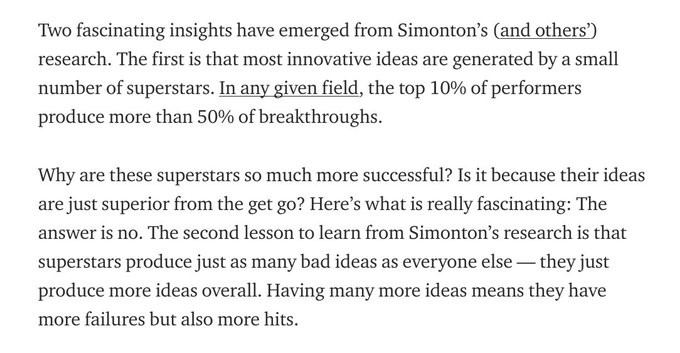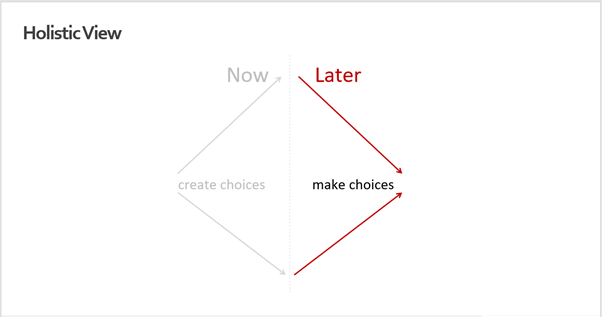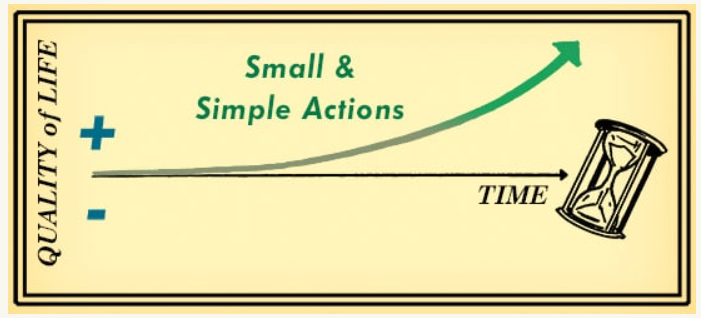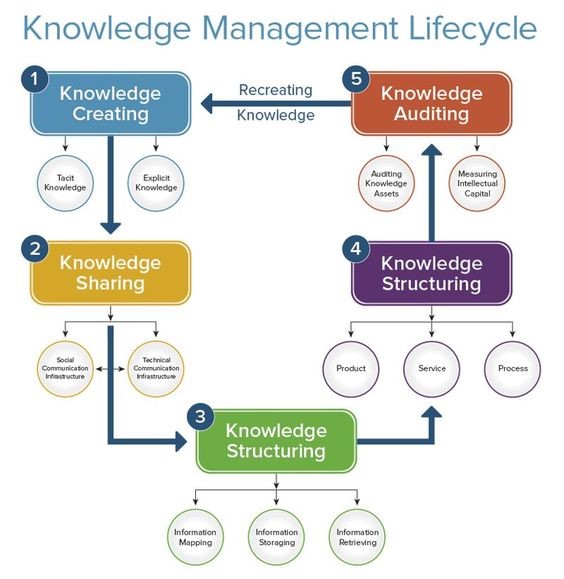Solve the right problem
Your product roadmap should be a sequence of the most pressing customer problems you want to solve, not a set of features you want to develop
The best way to design a good solution is to have lots of ideas
The more ideas you have, the greater your chances of having one that’s truly innovative and that solves the most pressing problems for your customers
Leverage ideation techniques like kaizen, knowledge management, crowd sourcing, brainstorming to generate more and innovative ideas
- An Etios, Etios Liva or Corolla rolls off the assembly line in Toyota’s Plant 2 every 119 seconds – the result of Toyota’s kaizen activity
- American Express leverages knowledge management to drive personalization and excellence in customer service and risk management
- Lego has increased the number of product ideas while also improving customer engagement through effective crowd sourcing
- Amazon Echo and Alexa are projected to bring in another $11B in revenue for Amazon by 2020. Amazon brainstormed Amazon Echo using retrograde analysis, a form of strategic thinking.
Creativity is a numbers game
The best way to a good idea is to have lots of ideas – Linus Pauling
Generate a large volume of ideas
The more ideas you have, the greater your chance of having one that’s truly innovative
Albert Einstein wrote more than 300 academic papers between 1901 and 1954, but it was the five works he published in 1905 that went on to revolutionize physics
Don’t wait for inspiration to strike—get out there and find it
Companies that foster creativity enjoy 1.5 times greater market share. Design-led companies invest heavily in powerful customer experiences – a key element to tackle if you want to get your customers’ attention and motivate them to keep coming back. 50% of design-led companies report more loyal customers – Adobe

Ideation
Ideation is the creative process of generating, developing, and communicating new ideas, where an idea is understood as a basic element of thought that can be either visual, concrete, or abstract. Ideation comprises all stages of a thought cycle, from innovation, to development, to actualization. Create choices by using ideation techniques like brainstorming. Finalize the best idea based on user feedback, business goals, technology feasibility, etc.

Types of Ideation
| Kaizen | Drive incremental improvements on daily basis |
| Knowledge Management | Enable data driven decision making |
| Crowd Sourcing | Engage with customers for their inputs during ideation |
| Brainstorming | Think outside the box |
Kaizen
Prosperity is a great teacher, adversity is greater. The philosophy behind Kaizen is about small, simple, incremental improvements on a daily basis that lead to stunning results. The Japanese use Kaizen as a way of life, not just for work.

Get 1% better daily in whatever you are trying to improve. 1% improvement daily starts compounding 👇

| Focus | Incremental Improvements |
| Pros | Low risk of failure |
| Cons | Tend to generate ideas similar to existing ones |
Case Study
When integrated into plant-wide long-term continuous improvement, Toyota’s management directed kaizen activities – Jishukens – have been extremely effective at developing management’s ability to conduct and to teach others to conduct daily kaizen and problem solving.
Result – an Etios, Etios Liva or Corolla rolls off the assembly line in Toyota’s Plant 2 in Bidadi, Karnataka, India every 119 seconds. An Innova or Fortuner in Plant 1 every 162 seconds.
Knowledge Management
| Focus | Create new ideas based on data and information |
| Pros | Scientific approach |
| Cons | Innovative ideas may not be generated |

Case Study
American Express excels in data driven culture. It leverages knowledge management to generate industry leading insights. These insights are used to drive personalization and excellence in customer service and risk management.
Crowdsourcing
Crowdsource ideas and feedback from customers, supply chain partners, employees. Conduct polls to get new insights that your team may not have thought of and get more engagement from your customers.
| Focus | Feedback from selected network of people |
| Pros | Numerous ideas from numerous people, fast! |
| Cons | Quality of feedback may not always be good |

Case Study
Toy company, Lego, is a good example of crowd sourcing. The company invites its users to design new products and, at the same time, test its demand. As a user, you may submit a design. Other users can vote on your design. The idea with the most number of votes has a good chance of moving to production. If your idea sees the light of the day, you receive 1% royalty on the net revenue. Lego has successfully increased the number of product ideas while improving customer engagement with this ideation technique. Creators promote their own idea. In doing so, they promote Lego as a company too. A win-win scenario.
Brainstorming
Think Creative. Think Quick.
• Generate creative ideas spontaneously
• Intense group discussion
• No time for reflection
Focus on quantity
• No idea is a bad idea, avoid criticism
• Welcome unusual ideas
Don’t spend lot of time on one idea
• Note down all generated ideas
• Combine and improve ideas
Free to fail, speak and think
• Be curious
• Be open minded
Challenge the status quo
• Be courageous
• Be playful
| Focus | Solving a problem through spontaneous group discussion |
| Pros | More and innovative ideas may be generated |
| Cons | Outcome dependent on teamwork |
Case Study
Amazon brainstormed ideas to figure out where to start for developing innovative products. Amazon Echo is the result of retrograde analysis, a form of strategic thinking. In other words, Amazon works backwards to generate new ideas –
• Write pretend press release for the new product, ignoring technical details
• Write FAQ to anticipate every major question
• Build things experimentally in some cases
• Brainstorm the product idea with the team who would potentially work on it
• Every team member is obligated to speak up especially if they think the product idea is wrong
• If team member agrees to work on the product, it’s the same as giving his/her approval
Result – Amazon Echo has gotten rave reviews by every major outlet like CNET, Record, New York Times, etc. It has received more than 64K+ reviews with an average rating of 4.5/5 stars on Amazon.com. Amazon Echo and Alexa are projected to bring in another $11B in revenue for Amazon by 2020.

What has most value
Solve the right problem. Your product roadmap should be a sequence of the most pressing customer problems you want to solve, not a set of features you want to develop. Define the success metrics when the problem is defined, not after the solution is developed. Setting success metrics when defining the problem helps keep focus on solving the right problems.
The best way to design a good solution is to have lots of ideas. Leverage ideation techniques like kaizen, knowledge management, crowd sourcing and brainstorming to generate more and innovative ideas. The more ideas you have, the greater your chances of having one that’s truly innovative and that solves the most pressing problems for your customers.
Read more about what do you stand to lose in the absence of good design
Read more about how to design something really well
How do you identify the most pressing problems for your customers ?
What innovative approach do you take to solve these problems ?
Do share in the comments!
Like this article ? How about giving it a like and share ? Thank you!
